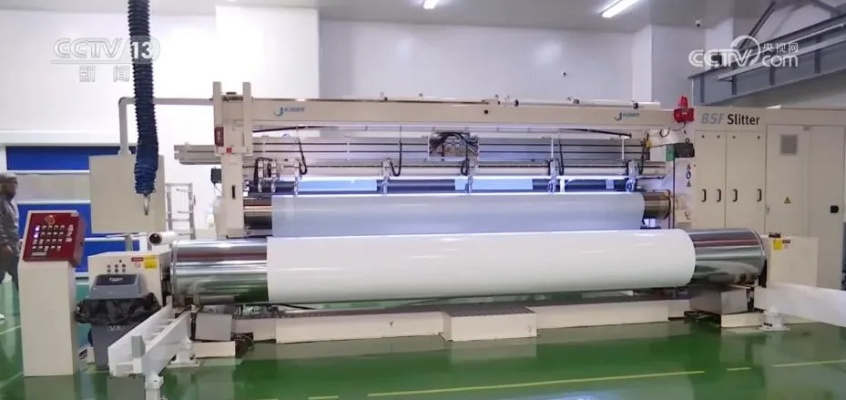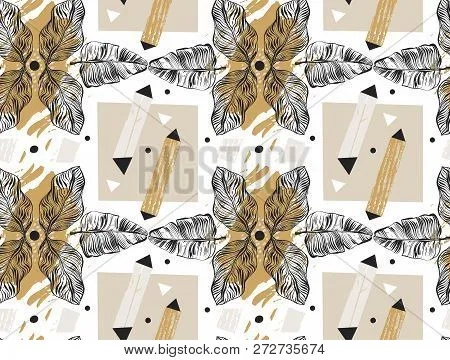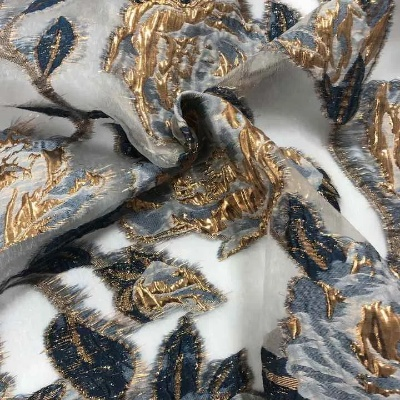Textile Antimicrobial and Moisture Resistant Processing Techniques
In recent years, there has been an increasing demand for textiles that are both antimicrobial and moisture-resistant. This is primarily due to the increased prevalence of microbial infections caused by bacteria and fungi, as well as the need for garments to maintain their appearance even when exposed to moisture. To meet these demands, various processing techniques have been developed, including chemical treatment, physical treatment, enzymatic treatment, and biotechnological treatment. These techniques involve the use of chemicals or enzymes to kill or inhibit bacterial growth, as well as the use of heat, UV light, or other forms of radiation to destroy microorganisms. In addition, some methods involve the use of materials with inherent antimicrobial properties, such as silver or copper. Overall, these techniques provide a variety of options for manufacturers looking to create textile products that are both effective at preventing microbial growth and resistant to moisture damage.
In the world of textile manufacturing, the quest for durability and hygiene is a constant pursuit. As consumers demand more from their clothing, accessories, and even home furnishings, the need for textiles that resist bacteria and mold has become an essential aspect of modern textile production. Today, I will delve into some advanced techniques used in the textile industry to ensure that our clothing stays fresh and clean, while maintaining the aesthetic appeal of our garments.
Firstly, let's talk about the use of antimicrobial agents. Antimicrobial treatments are designed not just to kill harmful microbes but also promote a healthier environment for living organisms. This is achieved through the creation of a barrier on textile surfaces that prevents or inhibits the growth of bacteria and fungi. The effectiveness of these treatments depends on the type of microorganisms targeted and the duration of exposure, as well as on factors such as temperature, humidity, and air circulation.
For example, the use of silver nanoparticles in textiles is becoming increasingly popular due to their broad-spectrum antimicrobial activity against a range of pathogenic microbes. However, it is important to note that excessive exposure to silver may cause irritation and skin sensitivity. Therefore, careful monitoring is necessary to ensure that the level of silver content in the fabric is safe and does not exceed regulatory limits.

Another approach to antimicrobial treatment involves the application of biocides that contain enzymes or compounds that break down organic matter and prevent the growth of bacteria and fungi. These biocides can be incorporated into the dye bath during printing, dying, or finishing processes. The choice of biocide depends on the specific microbial threat posed by the textile item being produced and the environmental conditions under which it will be used.
Moving on to moisture resistance, this is another critical factor in ensuring that textile products remain hygienic and durable. Moisture resistance ensures that fabrics do not become damaged or spoiled when exposed to moisture, whether through sweat, rain, or condensation. To achieve this, various methods are employed, including using high-performance polymers (HPP), coatings, or additives that provide barrier properties to water vapor.
One example of an HPP-based technology is found in the production of sportswear. By incorporating HPP into the fiber blend, manufacturers can create fabrics with superior moisture management capabilities, allowing them to maintain their performance and appearance even in wet conditions. Additionally, the use of hydrophilic coatings or additives can further enhance moisture resistance, providing fabrics with a hydrophobic outer layer that repels water droplets.
Another effective method for enhancing moisture resistance is through the use of natural materials such as bamboo or cotton pulp. These materials are naturally resistant to moisture and have been found to provide excellent moisture management without sacrificing other desirable properties such as softness and breathability.
In conclusion, the textile industry is constantly seeking ways to improve product quality and extend their lifespan. By adopting innovative technologies such as antimicrobial treatments and moisture resistance techniques, manufacturers can offer consumers products that meet their needs while protecting the environment. Whether it's preventing bacterial growth or managing moisture levels, these advanced processes are helping to create safer and more sustainable textile products that stand the test of time.
随着现代生活节奏的加快,人们对纺织品的需求日益增长,特别是在抗菌防霉方面,纺织品抗菌防霉加工工艺对于提高产品质量、延长使用寿命以及满足消费者需求具有重要意义,本文将详细介绍纺织品抗菌防霉加工工艺的相关知识,并结合案例进行分析说明。
纺织品抗菌防霉加工工艺概述
抗菌处理技术
抗菌处理技术是利用物理、化学或生物方法抑制或杀灭微生物,从而达到防止或减少微生物对纺织品的影响,常见的抗菌处理方法包括表面处理、浸渍处理、涂层处理等。
防霉处理技术
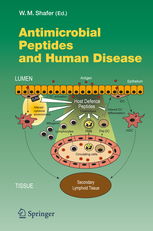
防霉处理技术是通过添加防霉剂、控制湿度、温度等条件,延缓纺织品在储存和使用过程中的霉变,常见的防霉处理方法包括添加防霉剂、使用防霉剂处理后的纺织品进行储存等。
加工工艺流程
原料准备
选择高质量的纺织原料,确保其符合抗菌防霉要求。
清洗处理
对纺织原料进行清洗,去除表面的杂质和污染物。
预处理
根据纺织品的种类和用途,进行适当的预处理,如拉伸、剪裁等。
抗菌防霉加工工艺流程
a. 表面处理:使用特定的表面处理技术,如等离子处理、氧化处理等,提高纺织品的表面光滑度和抗菌性能。
b. 浸渍处理:将抗菌剂或防霉剂浸渍到纺织品中,通过渗透和扩散作用达到抗菌防霉效果。
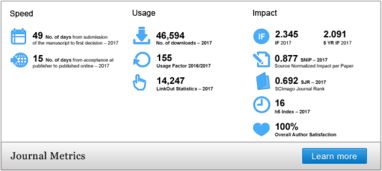
c. 涂层处理:在纺织品表面涂覆一层具有抗菌防霉功能的涂料或薄膜,提高其抗菌性能和防霉效果。
质量控制与检测
在加工过程中,严格控制产品质量和检测指标,确保符合相关标准和要求,对加工后的纺织品进行质量检测,确保其达到预期的抗菌防霉效果。
案例分析
某品牌纺织品抗菌防霉加工工艺介绍
该品牌采用先进的表面处理技术,使用特定的抗菌剂对纺织品进行预处理,经过严格的清洗、预处理和后续加工过程,最终生产出具有高抗菌防霉性能的纺织品,该品牌的产品在市场上受到消费者的广泛好评。
抗菌防霉技术的实际应用案例分析
近年来,随着人们对纺织品健康和环保需求的增加,越来越多的企业开始采用抗菌防霉技术来提高纺织品的质量和安全性,某大型服装生产企业采用了先进的防霉剂处理技术,成功提高了服装的防霉性能和品质,该企业的产品不仅符合相关标准和要求,还获得了消费者的广泛好评。
纺织品抗菌防霉加工工艺是现代纺织工业的重要发展方向之一,通过采用先进的加工工艺和技术手段,可以提高纺织品的抗菌防霉性能和品质,满足消费者对纺织品健康和环保的需求,采用案例分析的方法可以更好地了解不同企业的加工工艺和技术手段,为相关企业的发展提供参考和借鉴。
Articles related to the knowledge points of this article:
The Story of Xu Chunfeng Textile Factory
The Testing of Textiles for Nucleic Acid
The Design of Textile Industries:A Multidisciplinary Approach
Traditional Chinese Home Textiles:A Journey Through the中式古典家用纺织品案例分析
